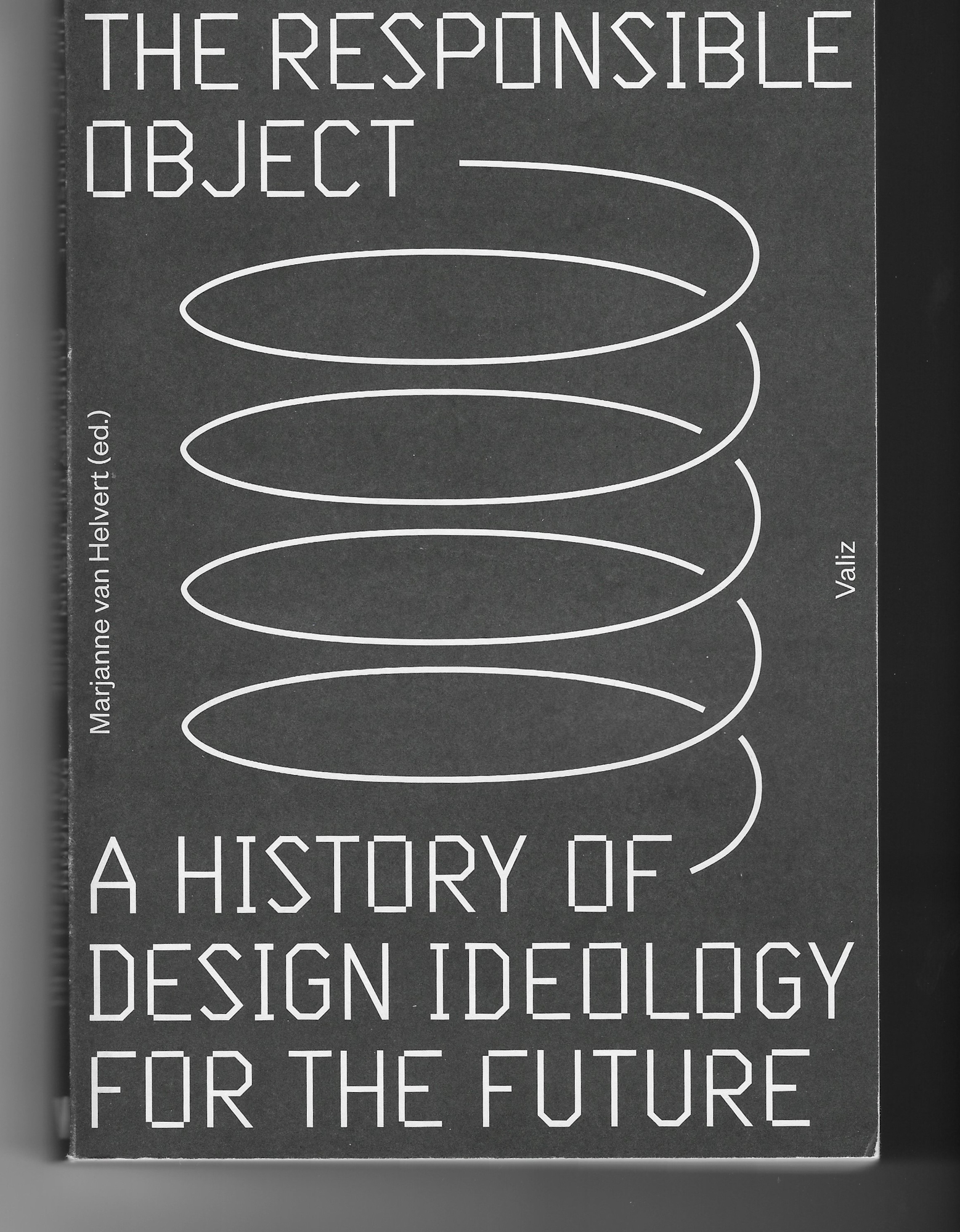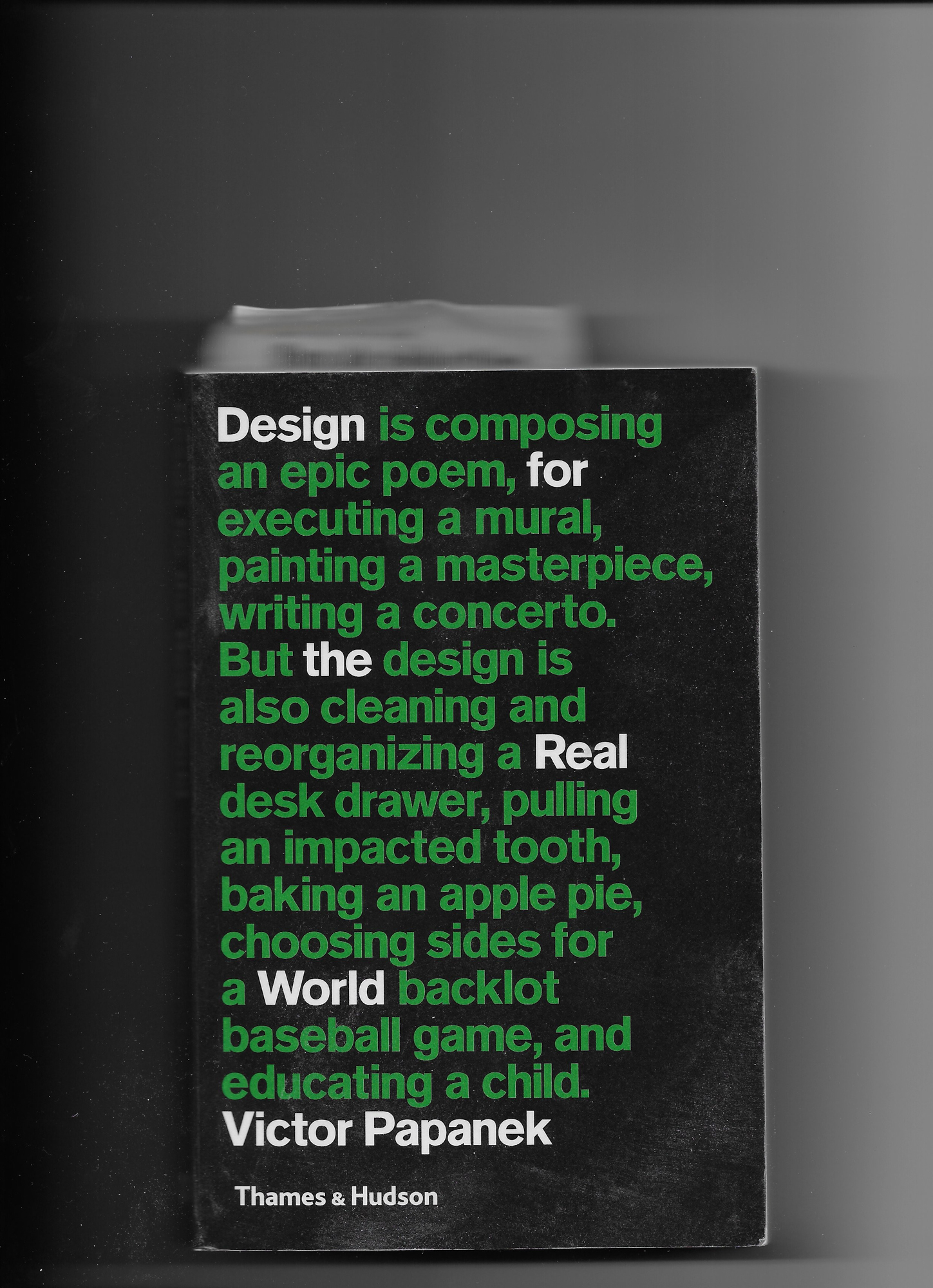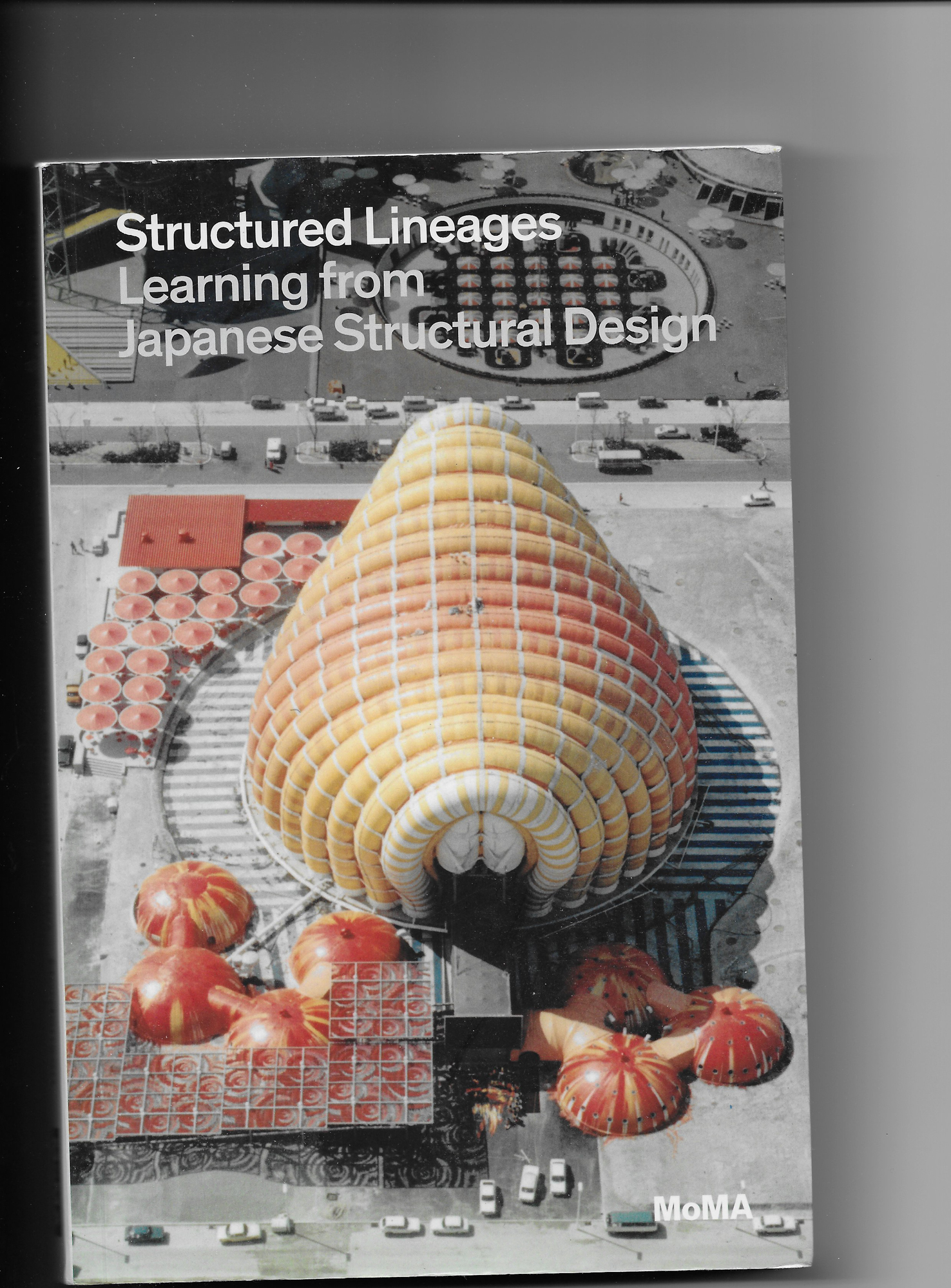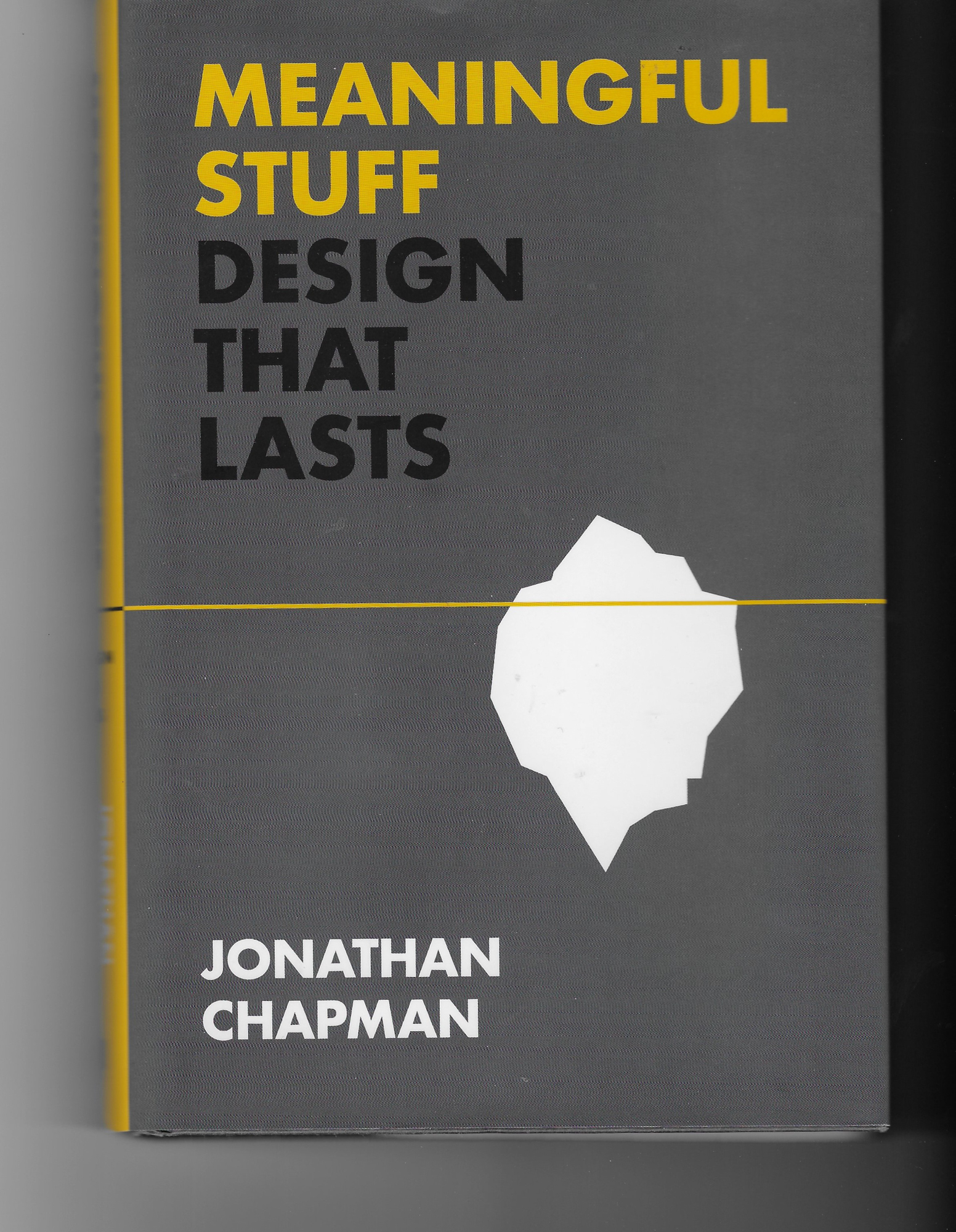The Responsible Object, A History of Design Ideology for the Future,
Editor: Marjanne van Helvert
Contributors: Andrea Bandoni, Ece Canli, Alison J. Clarke, Éva Forgács, Marjanne van Helvert, Susan R. Henderson, Ed van Hinte, Elizabeth C. Miller, Luiza Prado de O. Martins, Pedro J. S. Vieira de Oliveira
Design: Ruben Pater
The Authors give a great retrospective on the history of design ideology, showing in detail how influencial movements in design have started as radical and socially engaged, with a message or statement at their core. It also shows how sucessful the capitalist framework is at stripping that meaning and keeping the aesthetic shell.
From the VKhUTEMAS and Margarete Schütte-Lihotzky, to William Morris and the Kelmscott Press, to Superstudio, this book covers a broad rande of design history and is worth a read. Especially if you see design as just a way to play with aesthetics, it's at least good to know where they come from.
Design for the Real World
Victor Papanek
Classic, the reference if you care for social design. Great intro book if you aren't big on design theory. Papaneks critiques and commentary still ring true today to a large extent. Read it. Do it. It's worth the time, you won't regret it. I pinky promise.
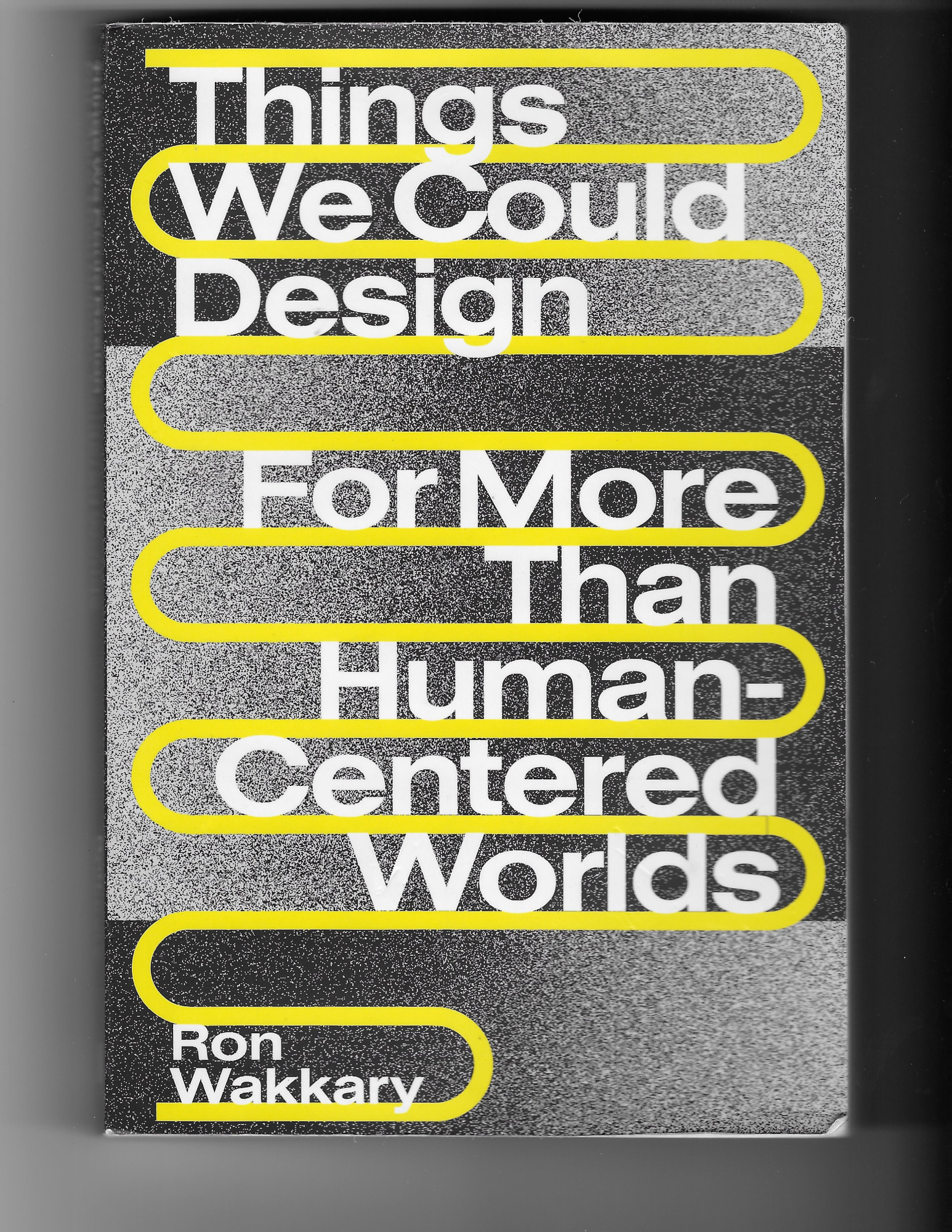
Things We Could Design For More Than Human-Centered Worlds
Ron Wakkary
Wakkary makes a compelling case for a design approach that is more posthuman. Allowing for the user (human) to not be in the spotlight, but realising that there is a broader cast of non verbal actors on the stage, who all are equally impacted by our actions and decisions.. Wakkary broadly argues for a more caring and empathetic design practice, one that tries to take account of more than just us.
Wakkary also makes some very compelling points about the transformative aspects of objects. By how they embody "the partially saved solution of a problem that has been solved many times before" they allow us to interact with our world in different ways. If you have a harness, a rope and some carabiners, a mountain is tranformed from a geographic landmark, to something to be climbed.
The book also attempts to make a distinction between artifacts, objects and products, in socially engaged, transcendental and commercial camps respectively. This was less convincing to me, your mileage may vary.
Overall decent book, pretty heavy read.
Structured Lineages, Learning from Japanese Structural Design
edited by Guy Nordenson
retrospective on japanese structural engineering, gives you the history of some of the unsung heros of some really interesting architectural projects.
Mamoru Kawaguchi's "more with less" takes Mies's "less is more" and Dieter's "less but better" any day of the week
if you dare disagree send your angry emails to work (at) oweson (dot) xyz
Meaningful Stuff, Design that Lasts
Jonathan Chapman
A nice light read, a good reference for understanding what makes a product last. Chapman explores plenty of the reasons for how we got to where we are, and a breadth of solutions to curb our current consumer culture fervour with the new and shiny. One of the most notable passages advocating for not making everything seamless and easy. The depth of human experience exists within the complex and rewarding. There's a reason some people like classic cars, its for the feeling and experience not the ease of use. On the other hand some people just need to get to work, know why you're making the thing, don't always just make it easier to do.
Oscar Oweson
Product Designer
oscar@oweson.com
+41798829575
CV
Portfolio
